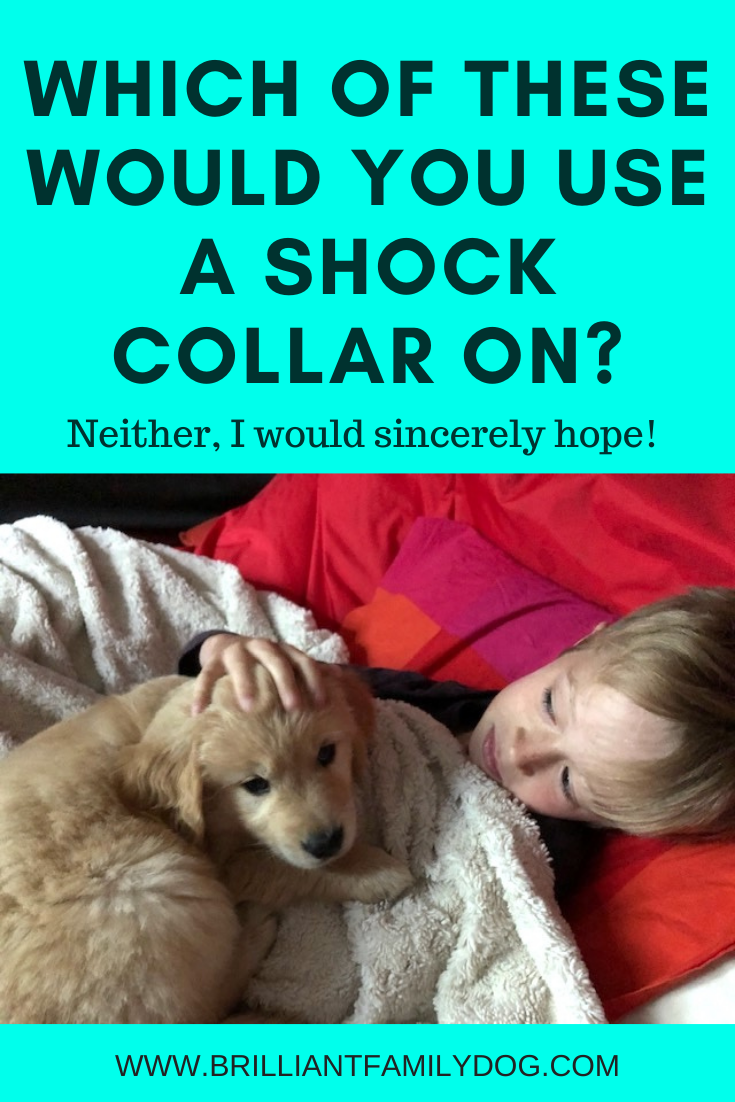I hear this loads!
◆ “I’ve tried everything …”
◆ “I tried this once and it didn’t work”
◆ “Nothing will change my dog.”
And I can tell you that you are mistaken. This should be music to your ears! There is a way forward, an end to your present frustration. Let’s have a look at these statements, one by one:
1. “I’ve tried everything …”
There are so many different methods in the world to train your dog - you can’t possibly have tried all of them! And there an awful lot you shouldn’t try at all, as they’ll actually make your dog worse. There are sadly, still many “dog trainers” and “dog behaviourists” who are - to put it bluntly - talking through their hats.
They dwell in a murky past where we are in control, and our dogs must do our bidding - or else. It’s the same mentality that used to beat children for naughtiness or “impure thoughts”. It’s been discredited for so long now, that I wonder which stone these people have been lurking under, that they have completely missed all the scientifically-backed discoveries about how our dogs’ minds actually work, and how we can get them to work in our favour.
You may have been misled by one of these people. It’s very hard for the “ordinary dog-owner in the street” to recognise them. And you went along with their suggestions, trying to do your best for your dog, only to discover that these actions made you feel sick, and made your dog worse into the bargain. Already afraid of the world, he’s now afraid of you - his only ally.
This comment from a student is something I see all too often:
“I never went back [to the class] but feel guilty to this day at having exposed him to that extreme and relentless intimidation, and not speaking up there and then.”
On the one hand it’s good because now this person has found a better way. But on the other hand it’s sad that they still feel guilty about it. I was able to reassure this person:
“We can only do our best with the information we have at the time. And you were doing your best. Sadly, those ideas are still prevalent in many places. So start from where you are. Don't worry about what went before.”
This student is now enjoying working with her dog, not against him, and seeing real progress. “We love the games - so effective!”
Even if you work with trainers who genuinely espouse positive reinforcement, if you’re “trying everything”, it suggests that what you’re trying isn’t working! If you’re struggling with a dog who you can’t connect with, or who is overcome with fear or fury when out on a walk, then you need someone who has worked through all this already, and who can guide you through a structured program to achieve the change you desire.
Guess who?
Not got a Growly Dog, just a naughty one?
Check out our free Workshop on getting your dog to LISTEN!
2. “I tried this once and it didn’t work”
Can you guess what I’m going to say here?!
BABY STEPS! 👣 🐾
We didn’t learn Calculus in Kindergarten. We started by counting buttons. Only gradually did we get the results we now have in arithmetic (and yes, you can do sums, even if you don’t like them much!).
Learning a new process to work through with your dog is just the same. It’s not something you can try, inexpertly, once - then dismiss. You need to commit to making the effort your dog deserves. Only by working through the given steps and assessing your progress can you say whether something “worked” or not.
This is where the value of having a teacher working with you really scores! Just throwing information at someone is not going to help them get it. People hunt all over the internet without discernment or direction, ill-equipped to assess or judge the source of the information (see my point under no.1 above) - of course they end up confused! And this is why my books are filled with troubleshooting advice for individual dogs, and my courses have a strong element of personal coaching to help you interpret and get the best out of the lessons.
You need patience! Rome wasn’t built in a day! It’s the gradual accumulation of knowledge and experience that is the answer you seek.
Don't judge each day by the harvest you reap but by the seeds that you plant. Robert Louis Stevenson






















